Evaluation of Variable Rate Nitrogen Technologies for Corn in Minnesota
Study author(s): Jeffrey Vetsch, University of Minnesota, Department of Soil, Water, and Climate
Years of study: 2014-2016
Location(s): Southern Minnesota
Important: for the complete report, including all tables and figures, please download using the links to the right.
Summary
This research study compared split (preplant plus at sidedress) N applications to a single preplant application based on U of M (MRTN) guidelines. A variable rate treatment (split application) was based on inorganic soil N data collected prior to application. In 4 of 7 site-years corn grain yields were greater with split N applications than with a single preplant application; however, in only 2 of 7 site-years did the added input costs (application, soil sampling, and extra fertilizer N) associated with these split application treatments result in greater economic return than the U of M treatment. For the 2 of 7 sites-years with greater net returns split applications had $65 more combined net profit than the U of M treatment; whereas, for the other 5 site-years the U of M treatment had $123 more net profit than the average of the split applications. Generally, grain N concentrations and removals were greater with split applications which received higher N rates than the U of M treatment. The U of M treatment had greater PFP, a measure of fertilizer use efficiency, than split applications.
This research found positives and negatives for using a soil-based (PSNT) method for making in-season N rate recommendations. Generally, PSNT values were correlated with yield responses observed at sites. Research sites that had large yield responses to split N application had the lowest soil NO3-N concentrations at V5-6. Using the 25 ppm NO3-N critical value for dry soil analysis (0-1 ft depth), reported by Mallarino and Sawyer (2013), would have correctly predicted the yield response to sidedress N in 6 of 7 site-years. A 0-1 ft sampling depth was as effective as the 0-2 ft depth in predicting yield responses to sidedress N applications in this study. Split applications which received greater total N rates rarely increased residual soil nitrate remaining in the soil profile after harvest. On the negative side, the CFS algorithm (recommendation) used to determine the N rate for the variable treatment in this study regularly recommended sidedress N when none was needed and recommended high sidedress N rates (>100 lb N/ac) at three sites where PSNT values were less than optimum. Partly due to these recommendations, the variable treatment never ranked better than second in economic return among site-years. Inconsistent and very low NO3 results with the rapid (moist) soil test was concerning and not completely understood. It was likely due to sample handling and storage prior to and after lab analyses. The logistics of getting timely and quality samples in wet springs was also challenging.
This research showed a soil-based approach to in-season N recommendations could increase corn yields in Minnesota, especially in wet springs. However, without proper rate calibration this approach likely would not increase economic return.
